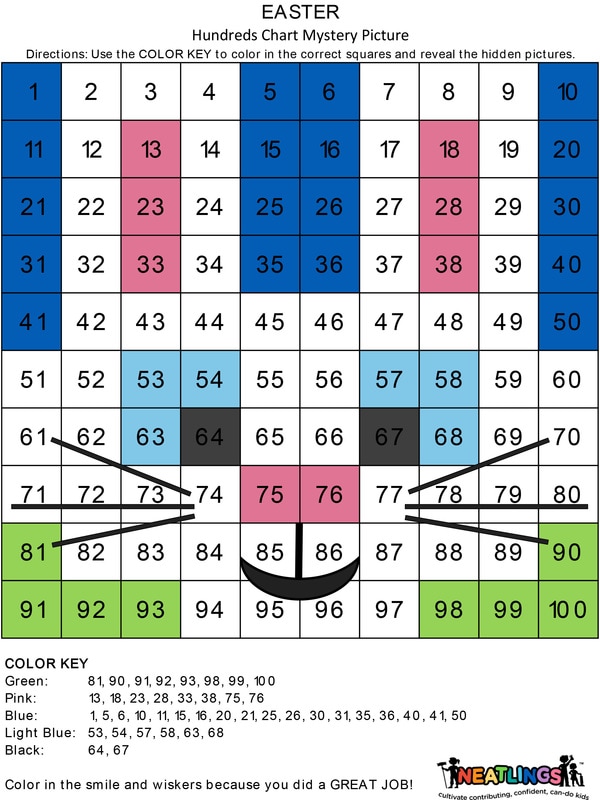

If you are just getting started in astrophotography, you likely do not own an equatorial telescope mount or star tracker yet. In order to avoid this, astrophotographers must pay attention to the all aspects of their camera system, such as the sensor size, the exposure time, the image resolution, the star angular speed and so on. Star trails appear in photos due to the natural movement of the Earth, which makes the stars move rather fast, 15 degrees per hour, to be more precise. One of those things is star trails, which could make the stars in your image blurry, and is often not the effect you were hoping to achieve. In a hobby like this, there are a variety of things that could go wrong while trying to capture the perfect shot. This should give you an idea of just how fast the sky appears to move from Earth.Ī single, 30-second image captured using a DSLR camera and 18mm lens. In the image below, you’ll see how the stars begin to “trail” after just 30-seconds of exposure time using a wide-angle camera lens. It is a very delicate task that requires a specific set of skills and knowledge that must be applied while capturing images in the field. However, the process of creating such an incredible photograph is not always easy. Taking a photo of the night sky is a wonderful experience for both the photographer and the ones who get to enjoy the finished product. IntroductionĪstrophotography has been gaining in popularity over the past few years thanks to more affordable equipment, and helpful resources available online. Related Post: Looking for an affordable wide-angle camera lens? See my review of the Rokinon 14mm F/2.8. I believe that the 500 Rule is still very relevant for today’s digital cameras, as long as you treat the guidelines as a rough approximation, not gospel. Whether you consider the 500 rule to be an outdated technique (after all, it was designed for 35mm film grain), or you’ve personally had great success with it, I had to cover this controversial topic on a website that revolves around astrophotography. The technique works on images of many focal lengths (up to about 200mm), but can be especially effective when photographing the Milky Way with a wide-angle camera lens.īrian Drourr used the 500 Rule to capture this stunning portrait of the Milky Way above Lake Moxie in Maine. The 500 rule can be useful when photographing the night sky on a fixed tripod.


Setting the shutter speed for longer than allowed by this rule will result in images that do not have sharp stars. The 500 rule is used to measure the maximum exposure time you can shoot before the stars become blurry or before star trails appear. One of the best ways to combat star-trailing when capturing astrophotography images on a stationary (non-tracking) tripod mount, is to use the 500 Rule. Because the night sky appears to move from our vantage point on Earth, capturing a long exposure starry sky image on a fixed tripod may reveal star-trailing. One of the first challenges beginners face when getting into astrophotography, is being able to take a photos that is in-focus, with round stars.


 0 kommentar(er)
0 kommentar(er)
